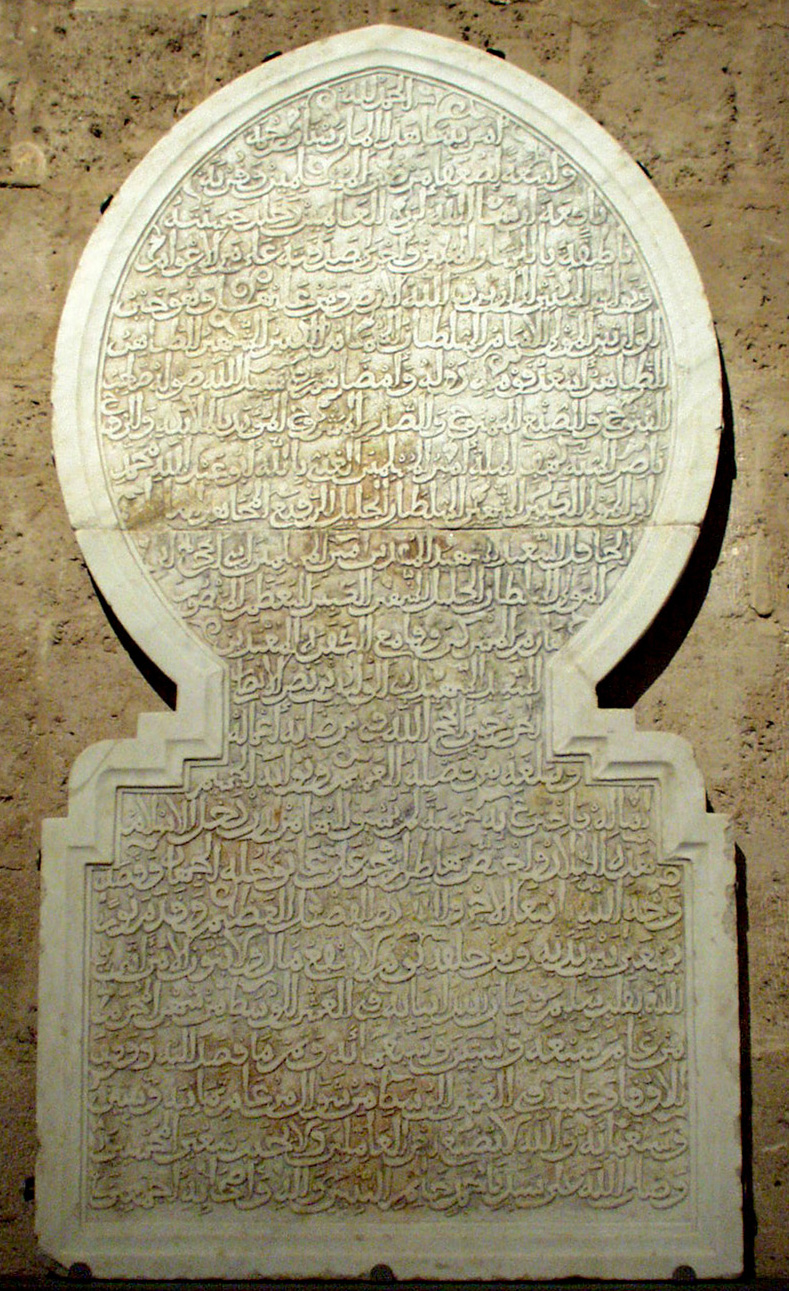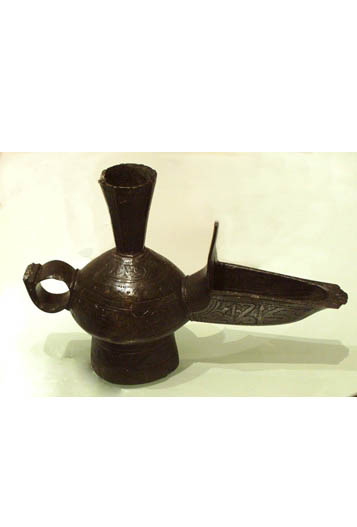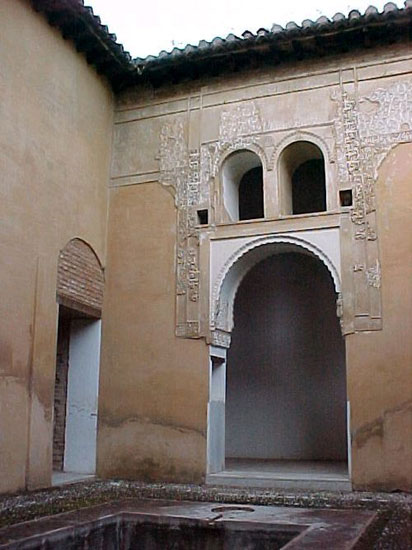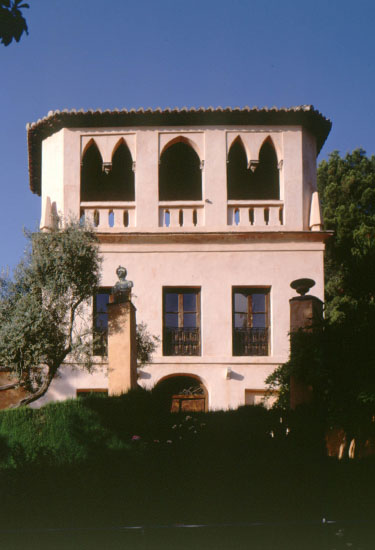Flat ceiling with interlace decoration nailed to a supporting structure
Opening hours: Every Saturday in December, at 12 noon.
Location: Room III, Museum of the Alhambra, Palace of Charles V.
The Patronato de la Alhambra y Generalife presents the flat ceiling with interlace decoration nailed to a supporting structure as piece of the month in the Museum of the Alhambra. Every Saturday in January, from 12:00 on, Gloria Aljazairi, with a degree in Fine Arts, will reveal details and specialties of this type of ornamentation. The Alfarje with interlace decoration nailed to a supporting structure is a good example for the broad diversity of construction solutions of Nasrid carpentry.
The Alfarje fulfilled its double architectural function: as a plain ceiling it covers a room, whereas it also is the floor of a higher room. The high degree of decoration of this Alfarje can be explained by the decorative ambition of Nasrid art. Like a second skin on the functional structure, one of the essential decorative motifs of Nasrid iconography is presented: geometric patterns as metaphorical representation of the firmament.
Its design is based on interlace sunburst based on an eight-point star and its variations. This is a motif widely used and repeated which shows the way of working of Nasrid designers who created a broad repertoire of variations following some apparently limited canons, patterns and modules. This kind of decoration is patent in master pieces like the ceiling of the Nasrid art or its door with common geometric patterns.
By means of this piece on display in the Museum we learn about the resistant structure of the Alfarje, the technique of the interlace decoration nailed to a supporting structure, the methodology in its design, as well as the component parts, the name and function of laces and interlace pieces.
Finally, it is worth mentioning the importance of learning about the Alfarje as part – and not as an isolated element – of a specific culture group. By comparing this roof with others and with panels of the same time, we get an understanding of the wide diversity of carpentry of the last Islamic enclave in the Iberian Peninsula.





 Contact
Contact



















